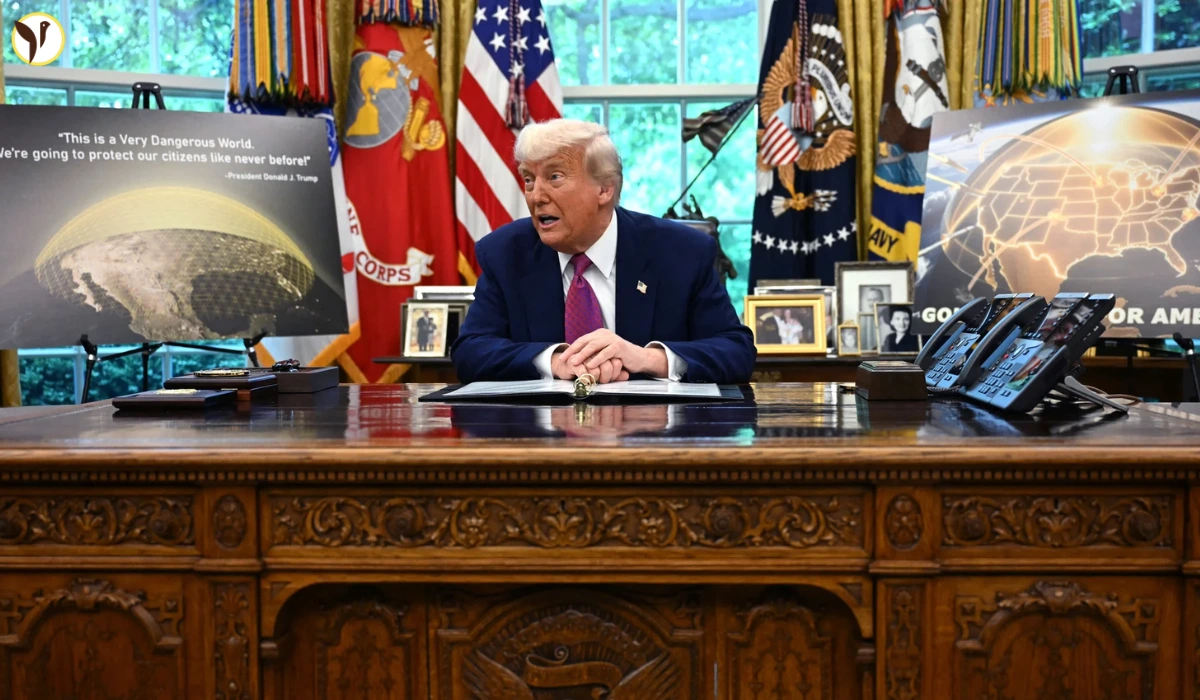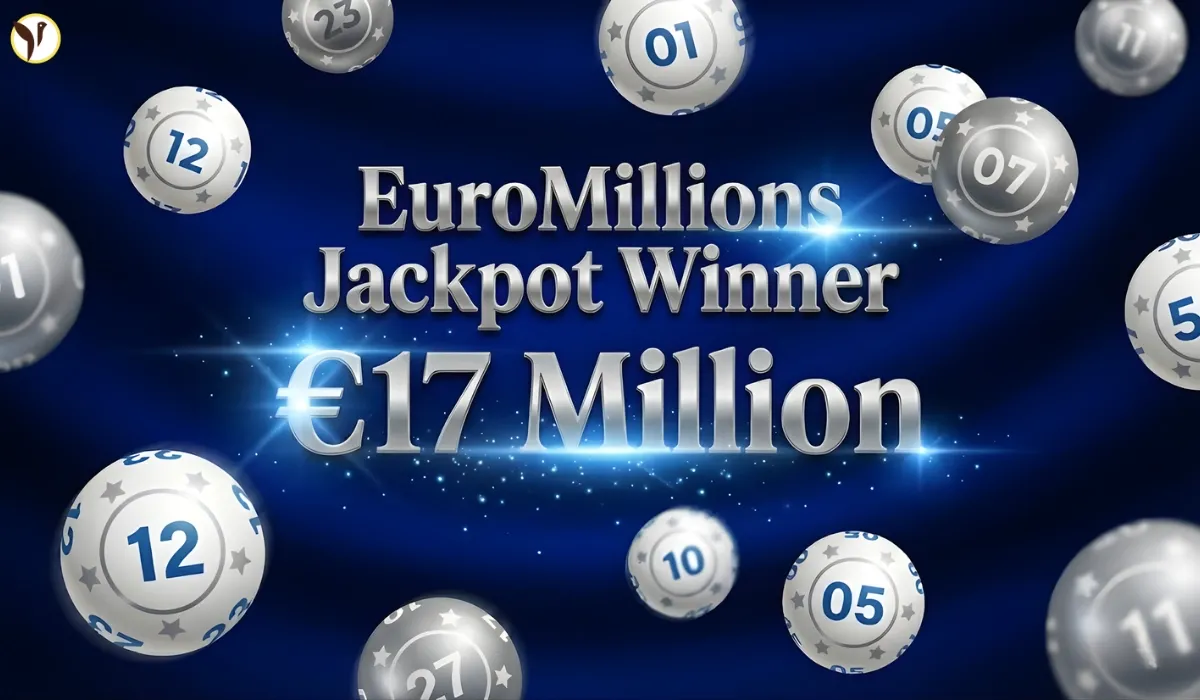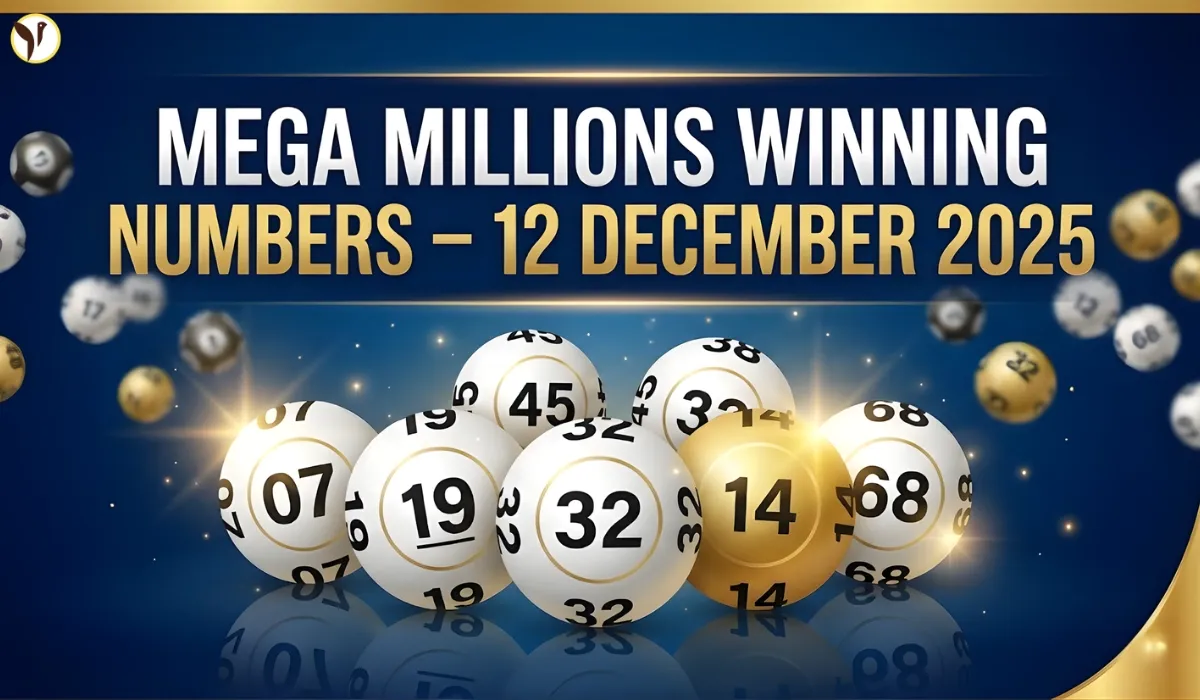Trump's "Golden Dome": Is it a Shield or a Spark?
President Trump’s announcement of a new space-based missile defense system, dubbed the "Golden Dome," has sent shockwaves across the globe. While he’s painted it as a protective shield for America, many see it as a blatant provocation, potentially igniting a dangerous new arms race. The proposal, still years from deployment, is shrouded in uncertainty, not least its astronomical cost. The concept, modeled after Israel’s Iron Dome, involves a network of interceptors, satellites, and sensors designed to shoot down missiles launched from anywhere in the world. But will it actually make us safer?
International Backlash: A chorus of concerns
The response from America’s rivals has been swift and, frankly, pretty negative. North Korea's state media immediately slammed the plan as "an outer space nuclear war scenario," claiming it's just another example of American "uni-polar domination." Considering their history of missile tests – 47 in 2024 alone – and their expanding nuclear arsenal (estimated at 70-90 weapons), their concerns, however hyperbolically expressed, aren't exactly surprising. I mean, who wants another arms race in space?
Russia, initially, issued a joint statement with China, calling the "Golden Dome" “deeply destabilizing.” They argued that the project ignores the interconnected nature of offensive and defensive weapons systems and opposes the militarization of space. However, after Trump’s Oval Office address, the Kremlin softened its stance slightly. Spokesman Dmitry Peskov called it a “sovereign matter” for the U.S., though he noted Russia would keep a close watch on the situation and its impact on nuclear parity. Foreign Minister Sergey Ryabkov added that Russia’s strategic systems are robust enough to overcome any missile defense system.
China echoed Russia's concerns, urging Trump to scrap the project, warning it would heighten the risk of a space arms race. The Pentagon already considers China a significant missile threat, noting its leading hypersonic missile arsenal.
- Russia's military capabilities: By 2035, Russia may possess 1,000 boosted hypersonic weapons, 5,000 land-attack cruise missiles, and around 400 ICBMs, according to the U.S. Defense Intelligence Agency.
- China's military capabilities: China reportedly possesses over 600 nuclear warheads and around 400 ICBMs.
Ukraine: A simmering conflict
Meanwhile, the war in Ukraine continues to rage. Russia launched its largest drone attack yet this week against Ukraine, firing hundreds of drones and causing multiple deaths. This, coupled with Trump's increasingly critical comments about Putin (calling him "absolutely crazy"), only serves to fuel the already volatile geopolitical situation. This is honestly getting scary. Germany, along with other key Western allies, has now removed range restrictions on weapons sent to Ukraine, allowing Kyiv to strike military targets inside Russia. This decision, while offering Ukraine more defensive options, has understandably sparked outrage in Moscow. There’s also been a reported influx of North Korean military supplies to Russia, potentially providing much-needed artillery shells—something verified by Ukraine’s Foreign Intelligence Service, though details remain hazy.
Conclusion: A precarious future
The “Golden Dome” proposal, while intended as a defense mechanism, has the potential to create more problems than it solves. The international response highlights the deep anxieties surrounding space weaponization and the escalating global arms race. The situation in Ukraine remains incredibly tense and complicated, and events continue to unfold at a breathtaking pace. The next few months – years, even – will be crucial in determining the course of these intertwined crises.









